Description
- [INCREASED STABILITY] Plus de stabilité et de contrôle lors de l'utilisation du Ronin
- [RONIN CONTROL] Prise en charge du contrôle total des RS2 et RS3 Pro
- [LIGHTWEIGHT] La veste de soutien redistribue le poids pour une utilisation plus confortable sur de plus longues durées.
- [INCREASED BATTERY] Les multiples options d'alimentation permettent d'augmenter l'autonomie de la batterie du Ronin
- [COMPATIBILITY] Supporte n'importe quel Gimbal qui se connecte avec un filetage 1/4"-20 et peut être alimenté via un Lemo 2 Pin.
*La livraison gratuite ne s’applique pas à cet article. Le système Tilta Float fonctionne en conjonction avec les DJI RS 2 et RS3 Pro pour fournir un système de stabilisation de caméra petit et compact qui vous permet de réaliser des mouvements de caméra fluides et cinématographiques avec des configurations de caméra plus petites.
Le poteau à contrepoids offre une stabilisation supplémentaire à votre installation au-delà de ce que le cardan fait déjà pour permettre le mouvement le plus fluide possible de la caméra.
Le bras à ressort et la conception de la veste de soutien font reposer le poids de l’appareil sur votre torse, ce qui permet de prolonger la durée d’utilisation avant que l’utilisateur ne se fatigue.
Le contrôleur sans fil pour le pouce inclus vous permet de contrôler sans fil le Ronin ainsi qu’un moteur de suivi de la mise au point Nucleus M ou Nucleus Nano.
Cette unité est conçue pour être montée sur l’étrier de votre Tilta Float via le support de moniteur du système.
Le contrôleur s’alimente via des batteries Go Pro 5-8 et dispose d’un port USB-C qui peut être utilisé pour les futures mises à jour du micrologiciel. Veuillez noter que nous ne recommandons pas d’alimenter l’appareil par ce port.
Le support lombaire et la sangle d’épaule unique inclus assurent une répartition supplémentaire du poids et garantissent une utilisation confortable quelle que soit la durée de l’opération. Les options d’alimentation multiples offrent une plus grande flexibilité lors de l’alimentation du Ronin. Le système peut alimenter le gimbal via Gold Mount, V-Mount, TB50, ou le Battery Handle lui-même via des accessoires optionnels.
*Le Float est compatible avec n’importe quel gimbal dont le poids est inférieur à la limite et qui peut être monté via un filetage 1/4″-20 et peut être alimenté par un Lemo à 2 broches ou une batterie interne. Cependant, il ne peut contrôler sans fil que le RS2 et le RS3 Pro.
**Le Float n’a pas d’autres sorties d’alimentation que le Lemo à 2 broches conçu pour alimenter le RS2**.
***Le câble interne peut supporter 14,8V et 3A avec une capacité maximale de 6A***.
RS3/RS3 Pro : La clé M n’est PAS en mesure d’imiter la fonction du cardan. La touche M de cet appareil permet UNIQUEMENT de modifier le réglage du mode. Il n’est PAS recommandé d’utiliser des cardans plus grands que ceux que l’on pourrait classer comme “de poche”, comme le Movi Pro. Même si le poids total est inférieur à 10 kg, le système aura du mal à supporter des cardans physiquement plus grands que les cardans de la série DJI Ronin RS.
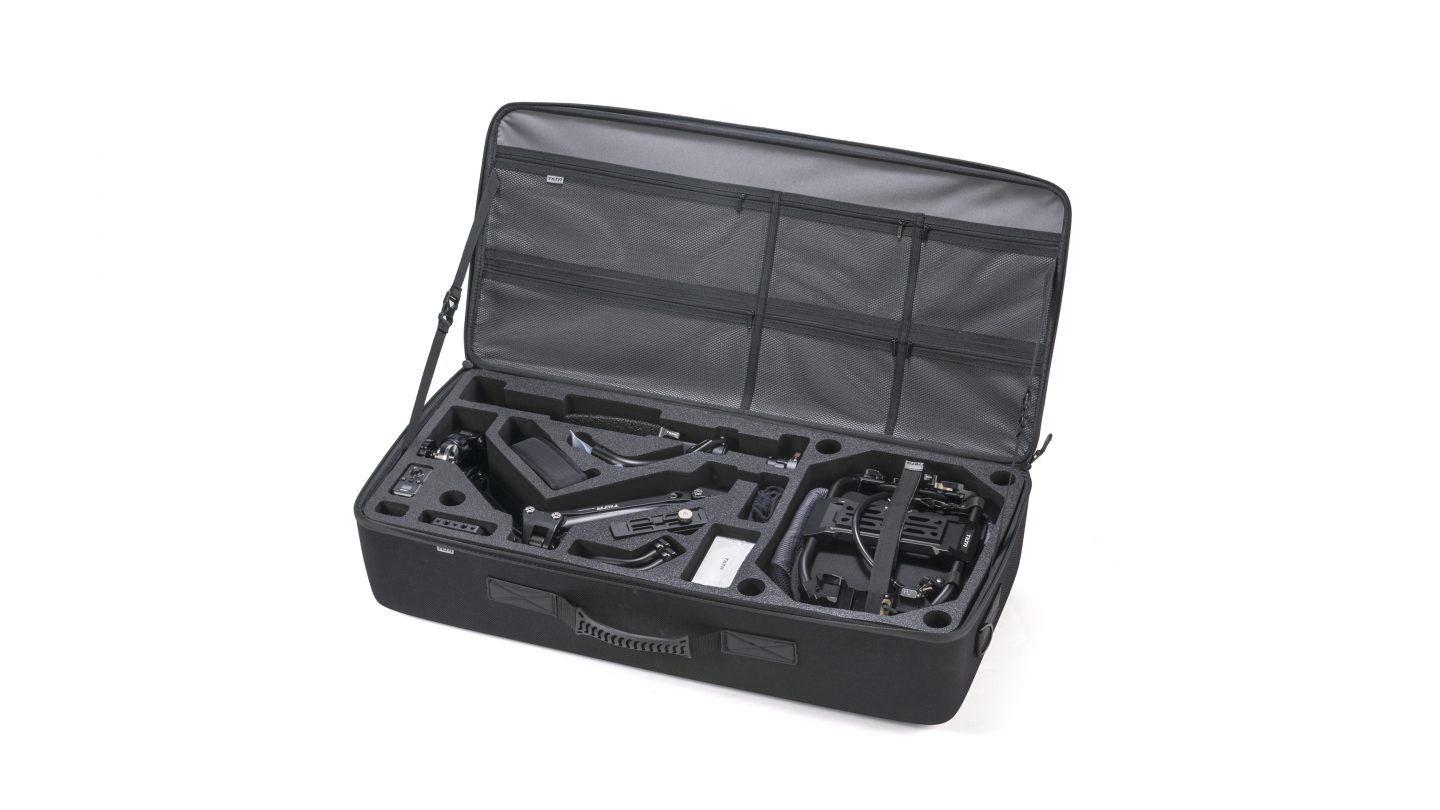






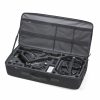
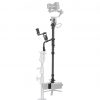
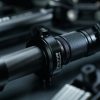
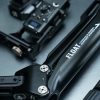
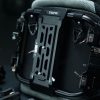


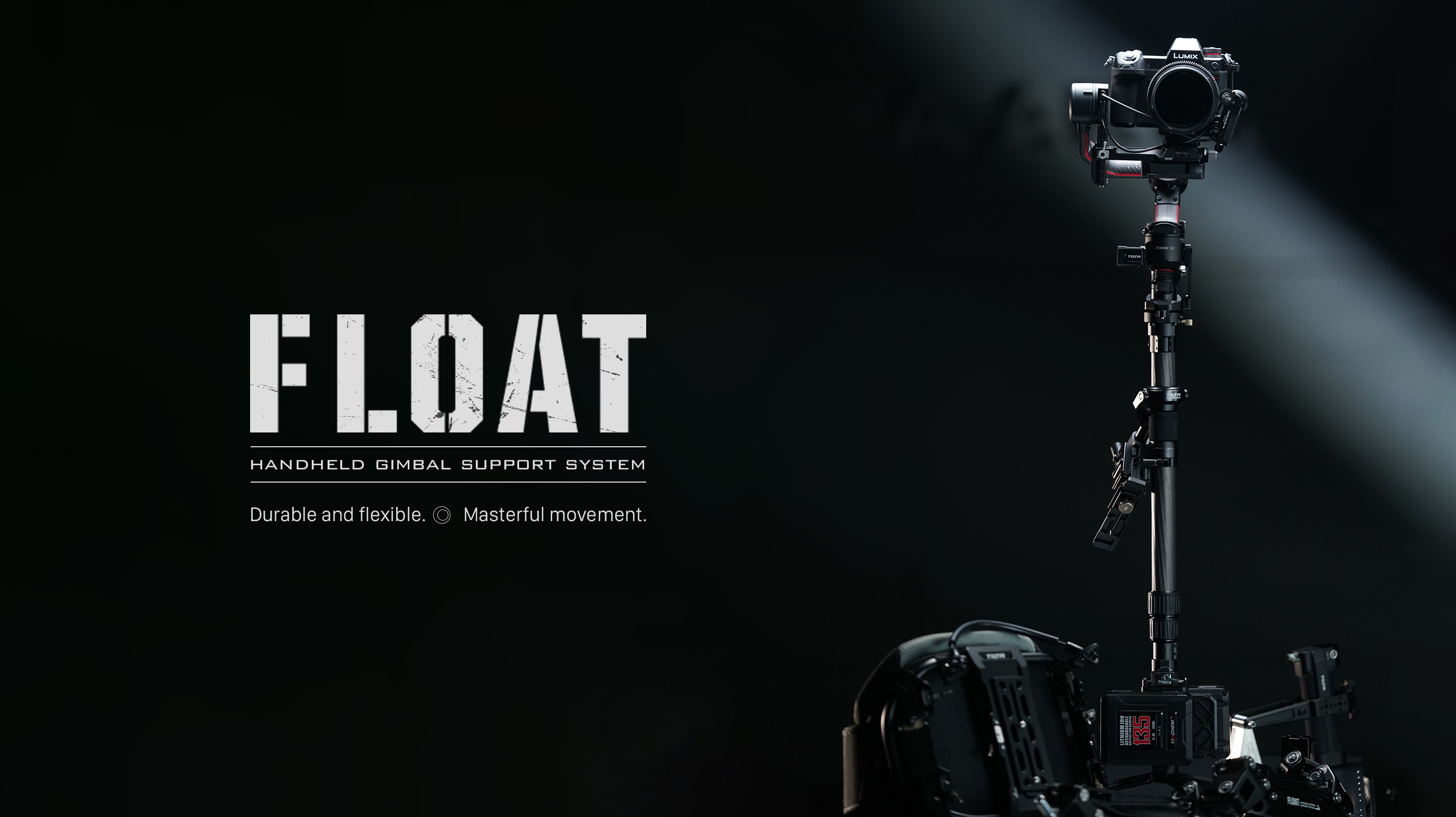
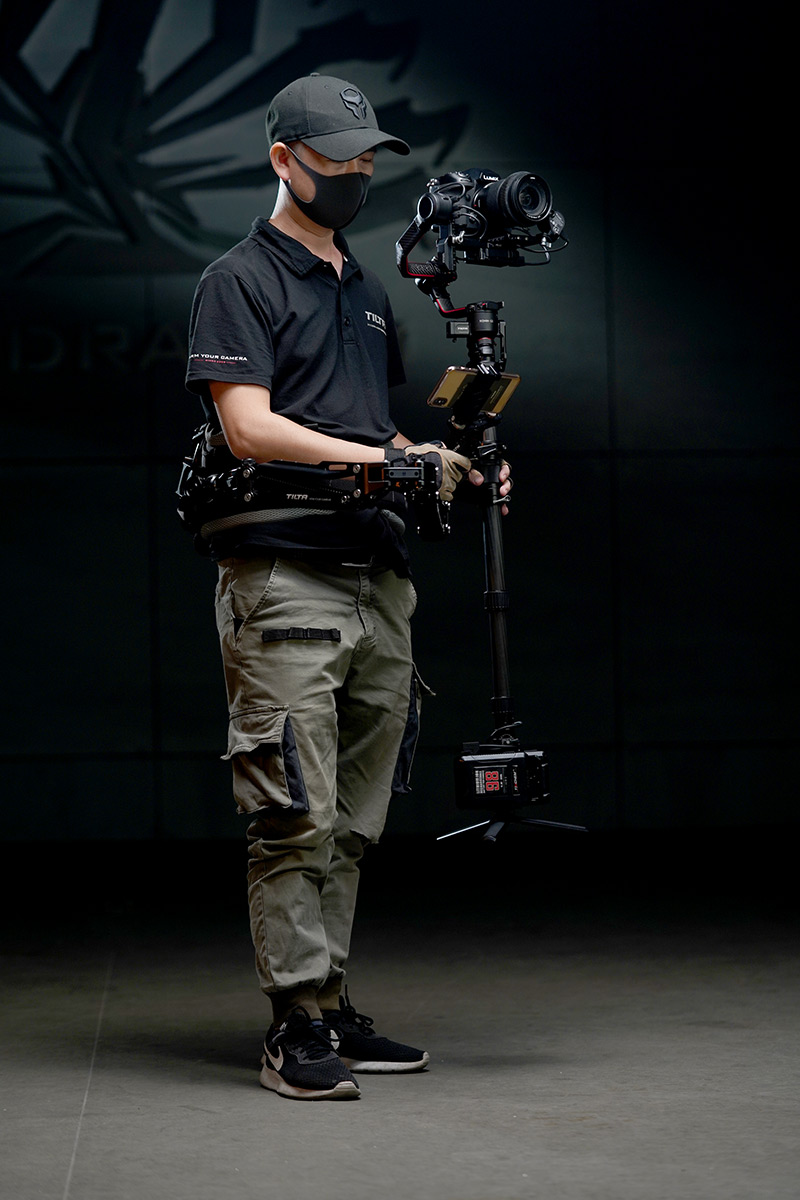
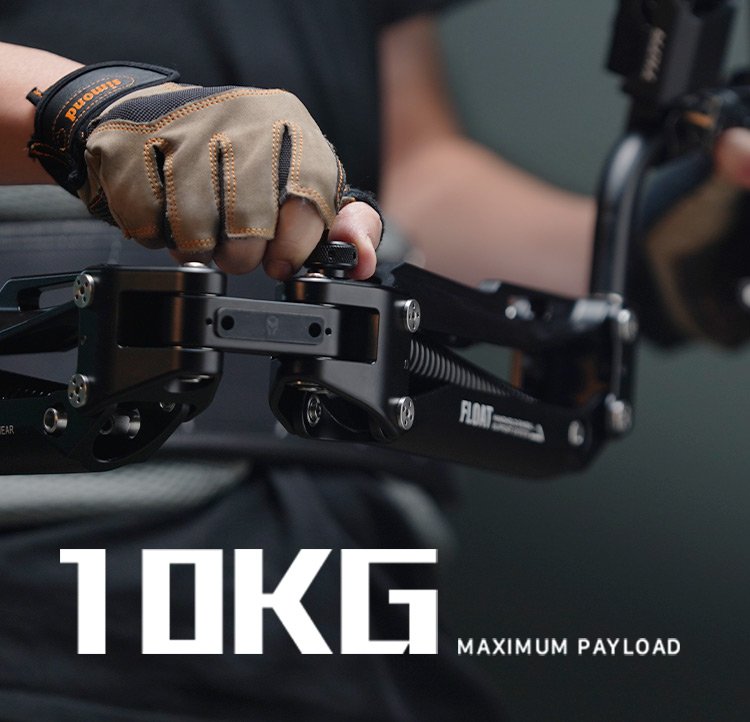
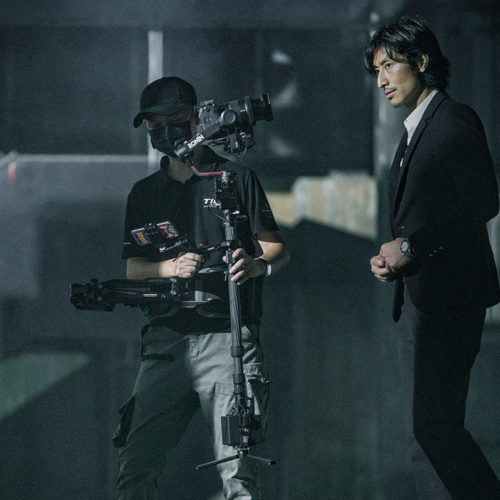
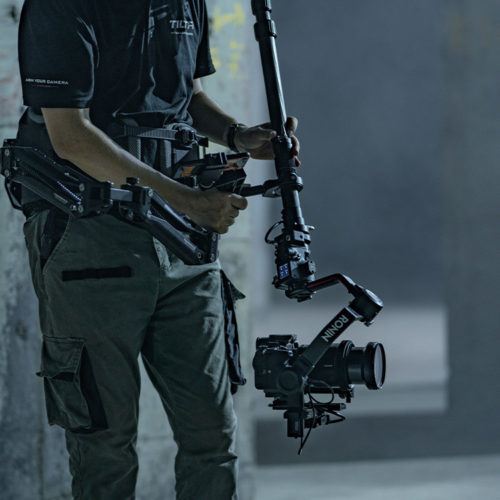
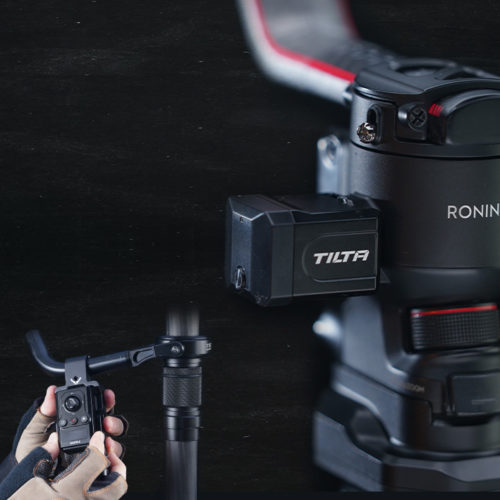
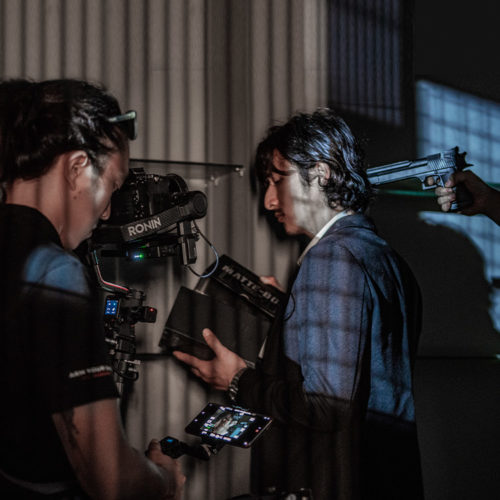
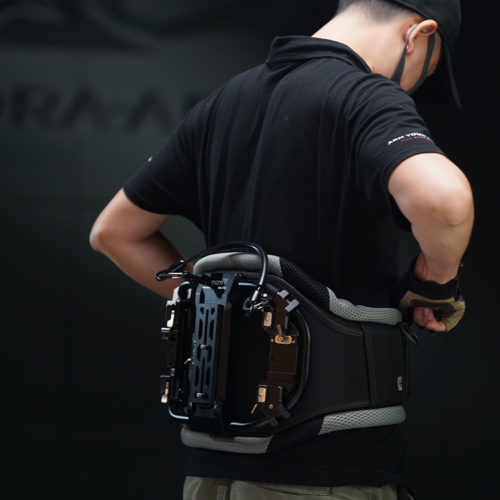
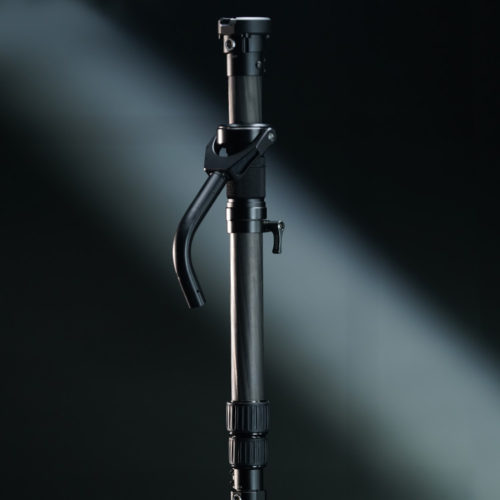
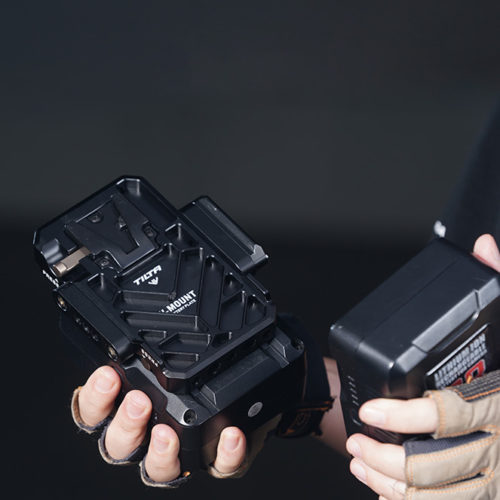
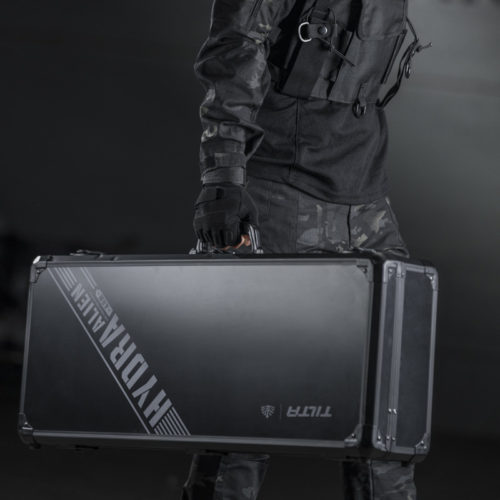
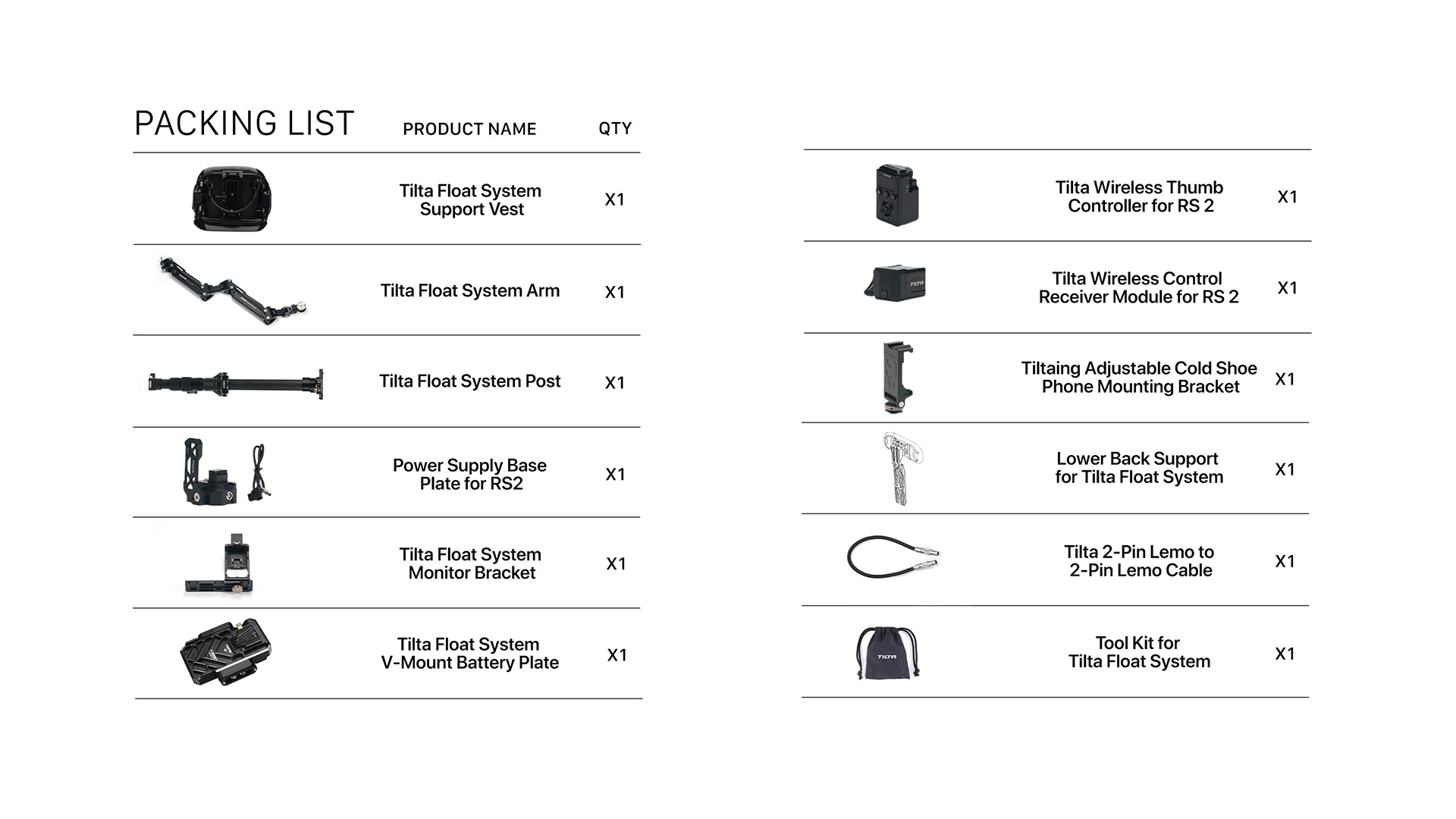
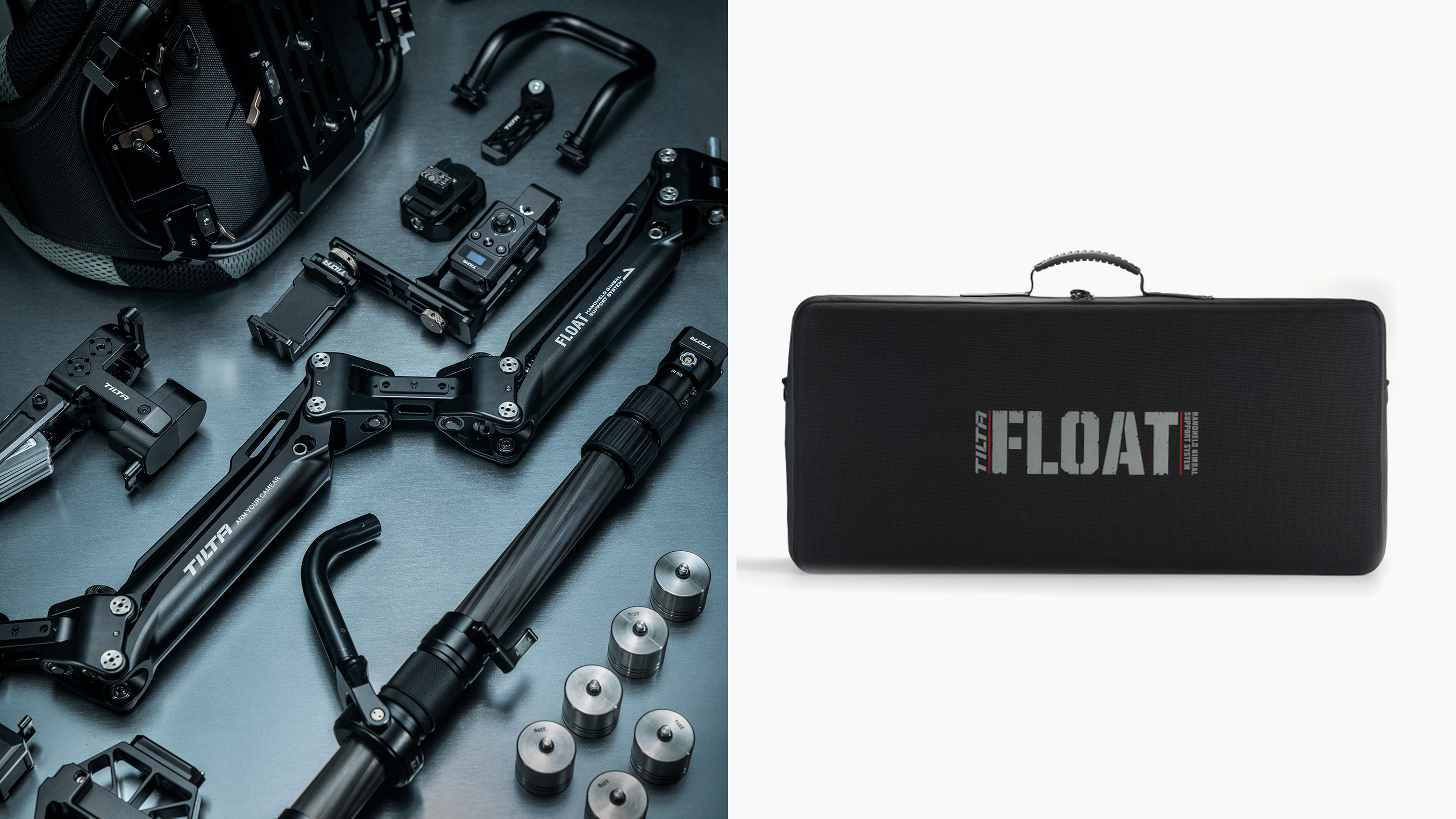
Fantastic feel and almost intuitive to use. Very ergonomic.
This is my first stabilizer. I researched it from the time it came out before I made a decision. It is very well made! It took a bit of experimenting to figure out what side I wanted the arm to be on as I am right handed, I figured that was were it should be but found the inverse worked much better. As for balancing, where the hell do you get a stand? I must be calling it the wrong thing as I can’t seem to get any results in a search.
So I tried some various tests to see how this thing reacted. I was very impressed that I could walk up and down a flight of stairs with practically no bounce! I have a Ronin 1, which I still love and an RS2. This is going to save my shoulders!
Now to the flaw: there is a supplied back extension to support the weight on the upper back. The only problem is that it covers an area about the size of one vertebra and puts a LOT of pressure on that resting point. I would suggest increasing the size of this pad and giving it a bit of a curve to conform to the spine. The reason being that the fastening point of the arm creates torque at the center point of the back of the vest, forcing more leverage on the extender. If the back rest were larger, the weight could be distributed over a larger area resulting in less pounds per square inch. I will be making one out of carbon fiber and then of course covering one side with foam.
All that aside, I’m really going to enjoy this thing!
System looks very well made but from a former Steadicam operator this doesnt look like a total replacement. Still a little strange to navigate but it looks like it will do the job.
Ok, just working with this rig, but love what this can do. The new mod for additional balance, is a plus. Build quality excellent!
Good 1st generation system from Tilta but some key improvements would make this much better.
First, the support cushion that goes into the small of your back puts so much undo pressure into your lower spine which causes you to not be able to carry the weight for extended periods of time. They really need a shoulder harness of some sort instead to be able to take up the forward load of the system. As it stands now, all the load goes right into your lower back. I have no Idea how they couldnt catch this when they designed the system and I caught it right on my first day using the system. Huge oversight to say the least since weight and load distribution is key for a camera carrying rig.
Second, they need to have the weight distribution of the batteries on the bottom of the post to be further away from the center of mass. Having the batteries right on the post and not further away, allows for the post to yaw left and right too easily. Just look at any good Steadicam system and youll understand why the weight is distributed further away from the post. Having the weight further away allows for the inertia to keep the system from unintentionally yawing.
Third, the counter weight bracket should also come standard with the kit. There is no way to dynamically balance the rig at all angles like the Arri trinity without this swinging weight to offset the balance at different angles.
Forth, Im a tall guy but the Belt-Vest barely gets around my waist. Im 6??240 pounds. Maybe I just need to lose a bit of weight. This belt will not fit guys who are bigger with a belly.
And last but not least. Have a quick release system, and dynamic adjustments for the spring arm. Having to constantly trial and error the position of the arm to the belt is such a time killer on set. A tried and true socket block like all the other Steadicam systems the only way to go. Not sure who decided that this slow backwards method was the way forward in the year 2021.
If you guys can sort out these very fundamental details that are a necessity, youll have a winning system on your hands.
The quality of parts is absolutely top notch. Now lets get the fundamentals to match so you can kill the game!